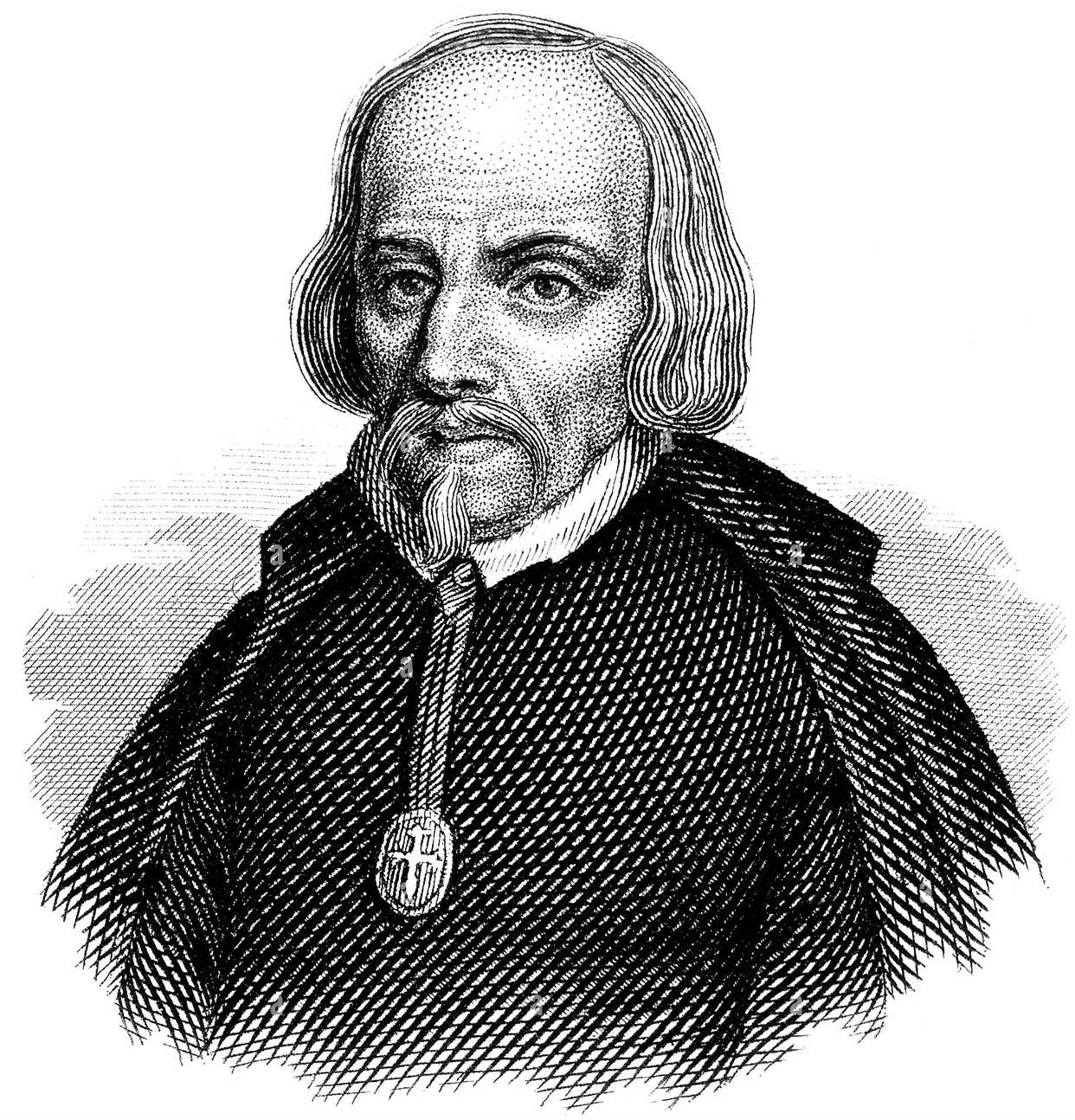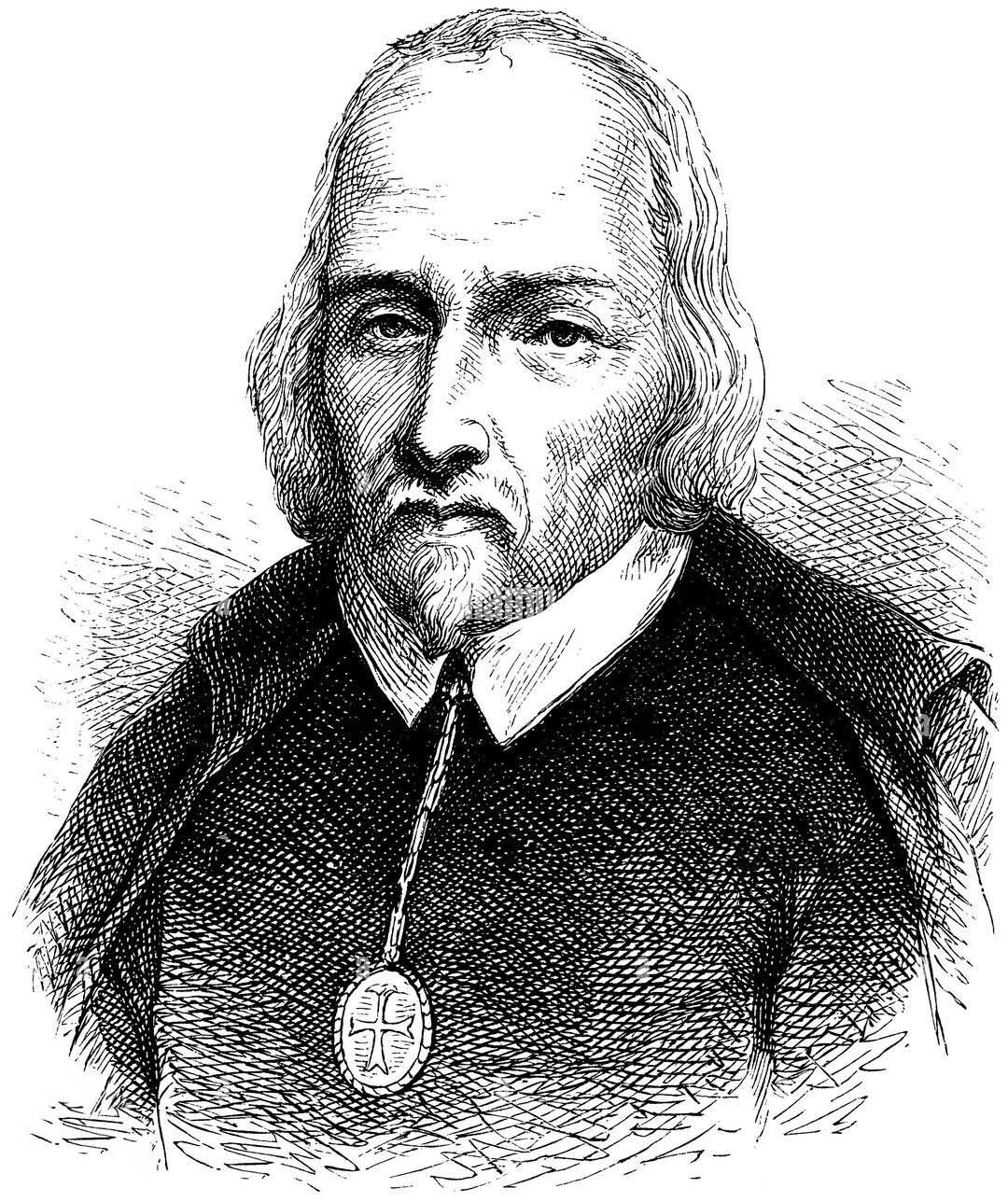In 1983, DWC’s contribution to Hans Flasche’s Festschrift was an article assessing Vera’s relationship to Calderon:
[Upon Cald . . .] Vera’s greatest editorial task began. As well known, he rejected the false Quinta parte of 1677 which Calderón had himself rejected, and began with the Verdadera quinta parte In 1682 . In the Octava parte (1684) he admitted to difficulties in finding reliable texts, and turned to reprinted of the first four partes. He completed these by 1688, but another three years went by before the publication of the Novena parte in 1691. In the Novena parte he promised a Décima parte, and gave titles of the thirteen plays he intended to include in it; it never appeared.
It might be logical to suppose that Vera died before he had time to prepare the tenth volume, but he did not. A second edition of the Verdadera quinta parte appeared in 1694, and the privilege, dated 29 June 1694, is in Vera’s name (the original ten-year privilege had expired on 25 May 1692). In 1698 the Novena parte was reprinted; it was covered by the new privilege of 1694, but it mistakenly reprinted the old 1682 one. We shall see, however, that Vera was still alive in 1698. Not until the reprint of the Sexta parte in 1715 is there evidence of Vera’s death: a new privilege, dated 17 February 1715, is in the name of Doña María Fernández de Villa-Real.
The preliminaries of the volumes published up to 1698 provide some information about Vera, In 1682 he is “Don Juan de Vera Tassis y Villaroel , su [Calderón’s ] mayor amigo”. In 1691 he becomes “ Fiscal de las Comedias destos Reynos, por Su Mag[ estad]”. Finally, by 1694 he could boast of being “Chronista de su Mag. en estos Reynos de Castilla, y Leon, y Fiscal de las Comedias de España.” It may be worth noting that his predecessor as royal chronicler was Juan Baños de Velasco.
The total is thirty-one items, of which the most weighty are editions of the works of others. Vera’s own magnum opus, the history of Our Lady of La Almudena, which runs to over 500 folio pages, has been dismissed for its reliance on the falsos cronicones. He was attacked for it in his own lifetime, as he was attacked for his editions of Calderón and Salazar y Torres. His was not a great or an original mind, and one senses that he was inclined to be pompous, to take himself seriously. He evidently longed to be looked on as writer, to belong to literary circles, to rub shoulders with great authors, to be thought as their most intimate friends. He must have possessed a certain sense of duty, and one can detect some awareness of his own limitations, but these were mixed with the knowledge that vicarious fame could be achieved by editing the works of greater men than he. Perhaps his wish for fame was his greatest handicap: he was unable to give up completely his literary pretensions, although there is no evidence that his contemporaries had much regard for him as a playwright or as a historian. These literary pretensions seemed to have clouded his judgement as an editor, with the result that he took a more active in the emending of texts that was desirable. The extent of Vera’s intervention in the editing of Calderón last five partes is still largely unknown I have dealt briefly with a single play here, but one suspects that it would be instructive, for example, to compare certain linguistic features of the comedias with the autos, in the editing of which Vera took no part. The concordance which is at present being prepared under the direction of the scholar whom this volume honours will do much to facilitate such a comparison.
D. W. Cruickshank (1983) ‘Don Juan de Vera Tassis y Villarroel’, in: Körner, Karl-Hermann, Dietrich Briesemeister, and Hans Flasche. Aureum Saeculum Hispanum: Beiträge Zu Texten Des Siglo De Oro : Festschrift Für Hans Flasche Zum 70. Geburtstag. Wiesbaden: Franz Steiner, pp. 43-57.


